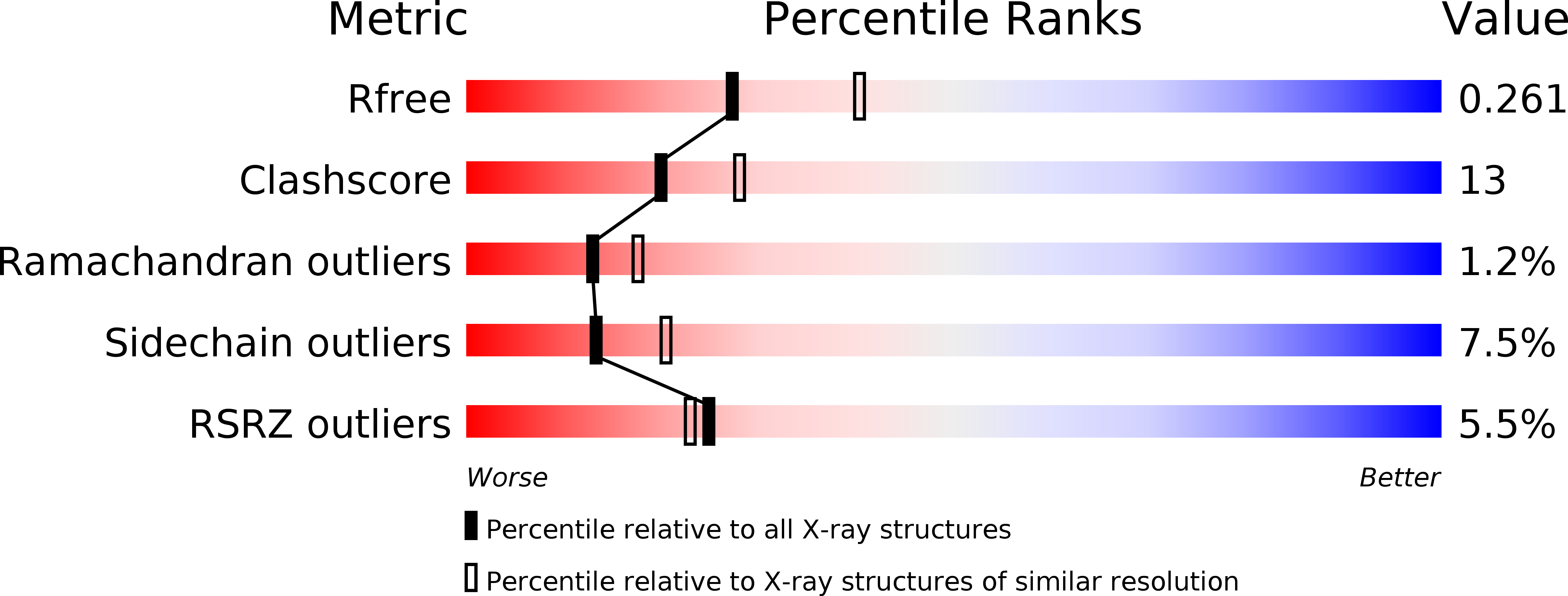
Deposition Date
2010-03-30
Release Date
2011-05-11
Last Version Date
2024-10-16
Entry Detail
PDB ID:
2XA8
Keywords:
Title:
Crystal structure of the Fab domain of omalizumab at 2.41A
Biological Source:
Source Organism:
HOMO SAPIENS (Taxon ID: 9606)
Method Details:
Experimental Method:
Resolution:
2.42 Å
R-Value Free:
0.26
R-Value Work:
0.22
R-Value Observed:
0.22
Space Group:
P 21 21 21


